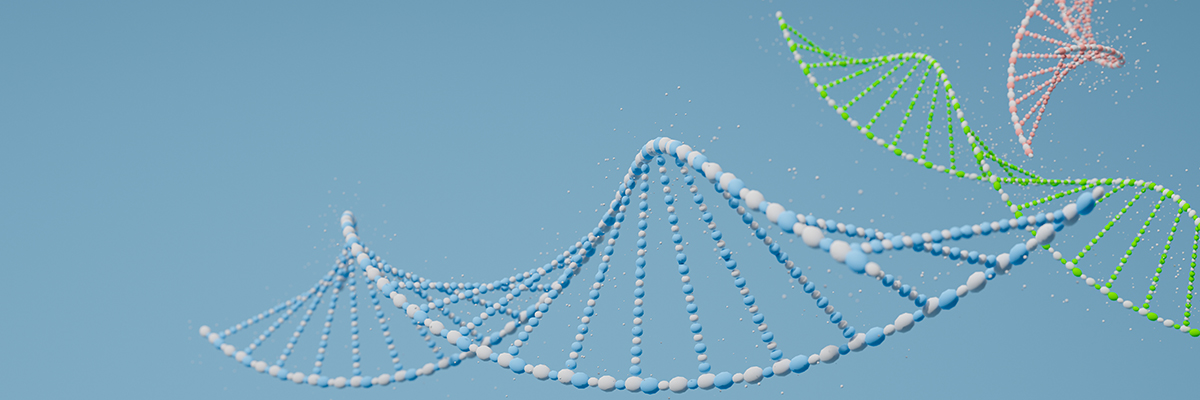What is Structural Biology?
Introduction
Structural biology is a critical field in understanding the three-dimensional structure of biological macromolecules and their relationship to function. This knowledge is essential in drug discovery and the development of therapeutic strategies. This article explores the key aspects of structural biology, including research techniques and the significance of biological structure and function.
How Does Structural Biology Contribute to Science?
Structural biology is the study of the molecular structure and dynamics of biological macromolecules, particularly proteins and nucleic acids. Understanding these structures helps elucidate their functions and mechanisms, which is crucial for drug development and other biomedical applications.
What are the Key Techniques in Structural Biology?
- X-ray Crystallography: This technique involves crystallizing a molecule and then diffracting X-rays through the crystal to determine the atomic structure. It is one of the most widely used methods for studying the three-dimensional structure of proteins and nucleic acids.
- Nuclear Magnetic Resonance (NMR) Spectroscopy: NMR spectroscopy is used to study the structure and dynamics of macromolecules in solution, providing detailed information about their physical and chemical properties.
- Cryo-Electron Microscopy (Cryo-EM): Cryo-EM allows for the visualization of macromolecules in their native state at near-atomic resolution without the need for crystallization. This technique has revolutionized structural biology by enabling the study of large and complex structures.
- Small Angle X-ray Scattering (SAXS): SAXS provides information about the overall shape and structural transitions of macromolecules in solution, complementing high-resolution techniques like X-ray crystallography and NMR.
How Does Structural Biology Drive Drug Discovery?
- Target Identification and Validation: Structural biology helps identify and validate biological targets by revealing their structure and functional sites. This information is crucial for designing effective drugs.
- Structure-Based Drug Design (SBDD): SBDD involves using the detailed structure of a target to design molecules that can specifically interact with it, leading to the development of highly potent and selective drugs.
- Mechanistic Insights: Understanding the structure of biological macromolecules provides insights into their mechanisms of action, aiding in the development of drugs that can modulate these processes.
- Lead Optimization: Structural biology plays a key role in optimizing lead compounds by providing insights into how structural changes affect biological activity. This enables chemists to refine and enhance the efficacy, selectivity, and pharmacokinetics of potential drug candidates.
- Drug Resistance: By examining the structural changes in targets that lead to drug resistance, researchers can design drugs that overcome these challenges. Structural biology helps in understanding how mutations or alterations in target proteins affect drug binding, enabling the development of more efficacious therapies.
- Understanding Resistance Mechanisms and Associated Side Effects: Structural biology helps elucidate the mechanisms of drug resistance and associated side effects by revealing how structural modifications in target proteins impact drug interactions. This knowledge allows for the design of drugs that minimize resistance and adverse effects, improving patient outcomes.
How does Structural Biology enhance our understanding of biological functions?
- Functional Domains: Structural biology helps identify functional domains within macromolecules, which are specific regions responsible for their activity. This knowledge is vital for understanding how these molecules work and for designing inhibitors or activators.
- Protein-Protein Interactions: Many biological functions are mediated by protein-protein interactions. Structural biology techniques allow researchers to visualize these interactions and understand how they contribute to cellular processes.
- Conformational Changes: Biological macromolecules often undergo conformational changes that are essential for their function. Structural biology provides detailed information about these changes and their implications for biological activity.
What are the Current Trends in Structural Molecular Biology?
- Integration with Computational Biology: Combining structural biology with computational methods enhances the prediction and modeling of macromolecular structures and interactions, accelerating the drug discovery process.
- Time-Resolved Studies: Advances in time-resolved techniques allow researchers to capture the dynamics of macromolecules in action, providing a more comprehensive understanding of their function.
- Single-Particle Analysis: Improvements in single-particle analysis techniques, particularly in cryo-EM, enable the study of heterogeneous and flexible systems that are challenging to crystallize.
- Structural Genomics: Large-scale initiatives aim to determine the structures of a wide range of macromolecules, providing a valuable resource for understanding biological function and disease mechanisms.
Conclusion
Structural biology is integral to understanding the relationship between biological structure and function, driving advancements in drug discovery and molecular biology. By utilizing advanced techniques such as X-ray crystallography, NMR spectroscopy, and cryo-EM, researchers can uncover detailed insights into macromolecular structures and their mechanisms. These insights are crucial for designing effective therapeutics and advancing our knowledge of biological systems.


